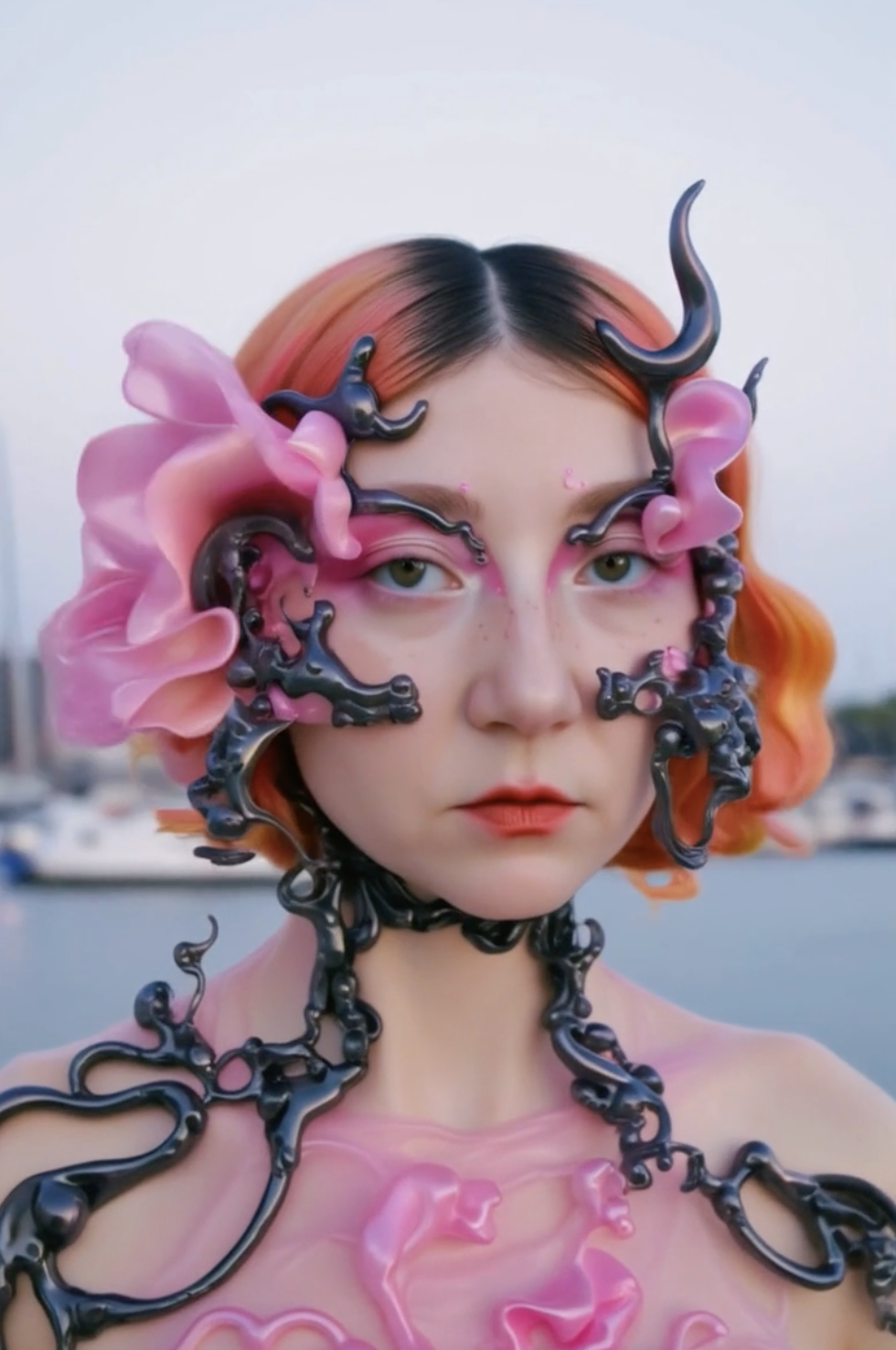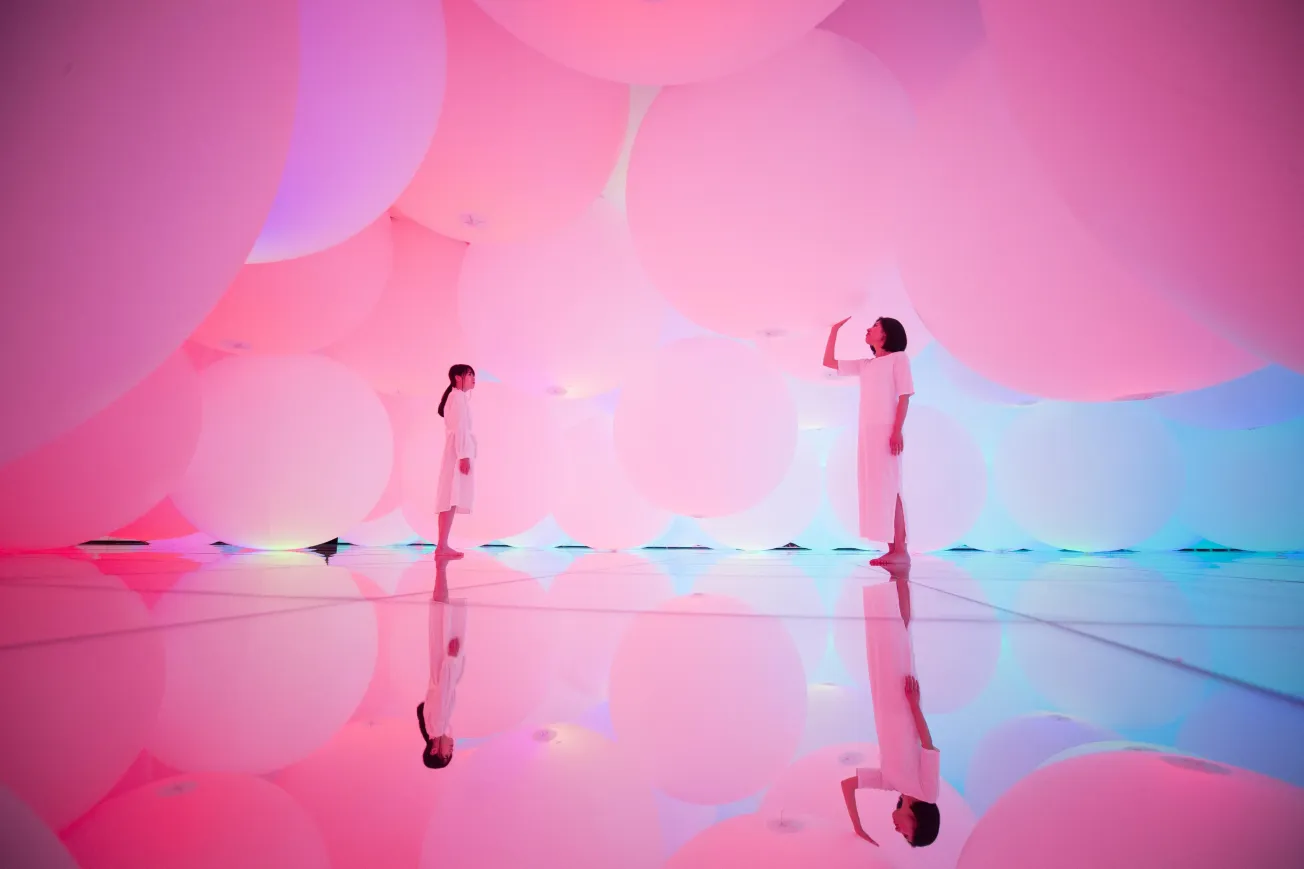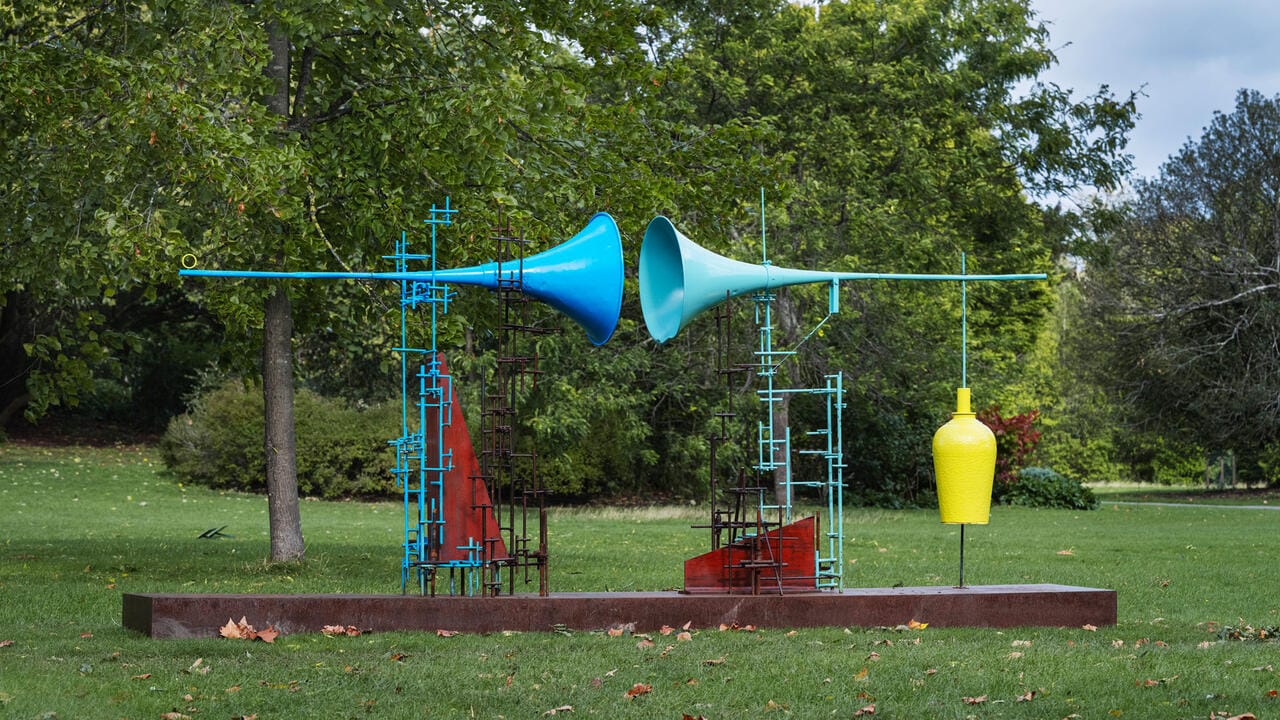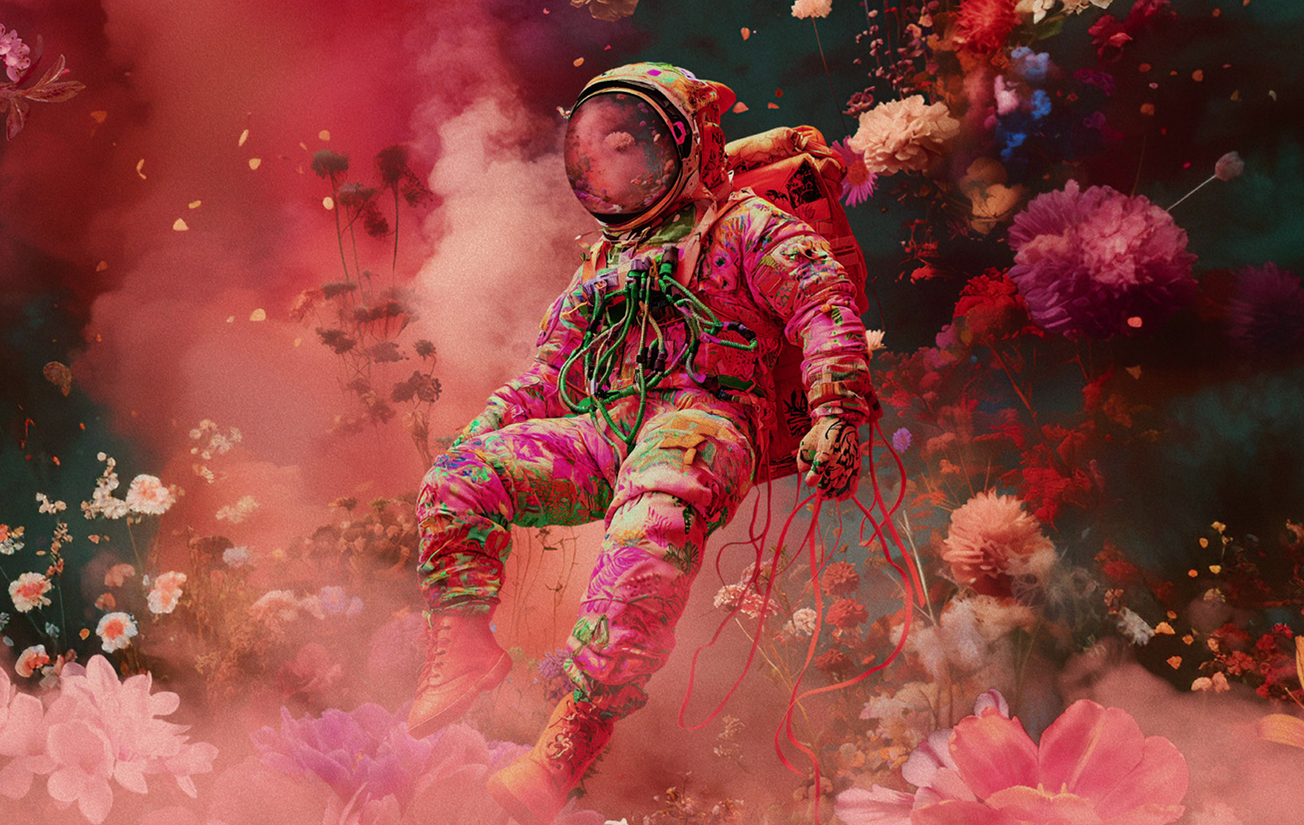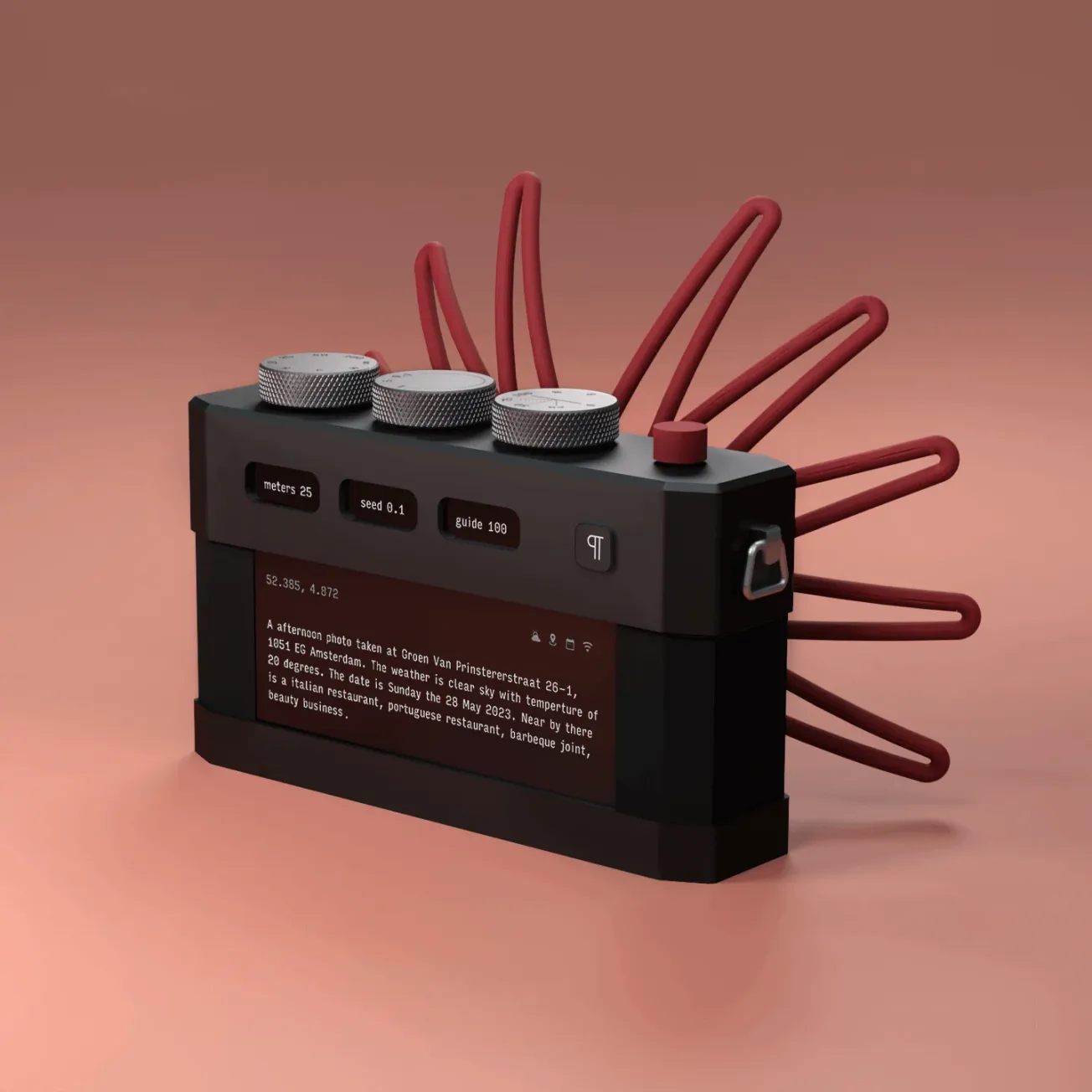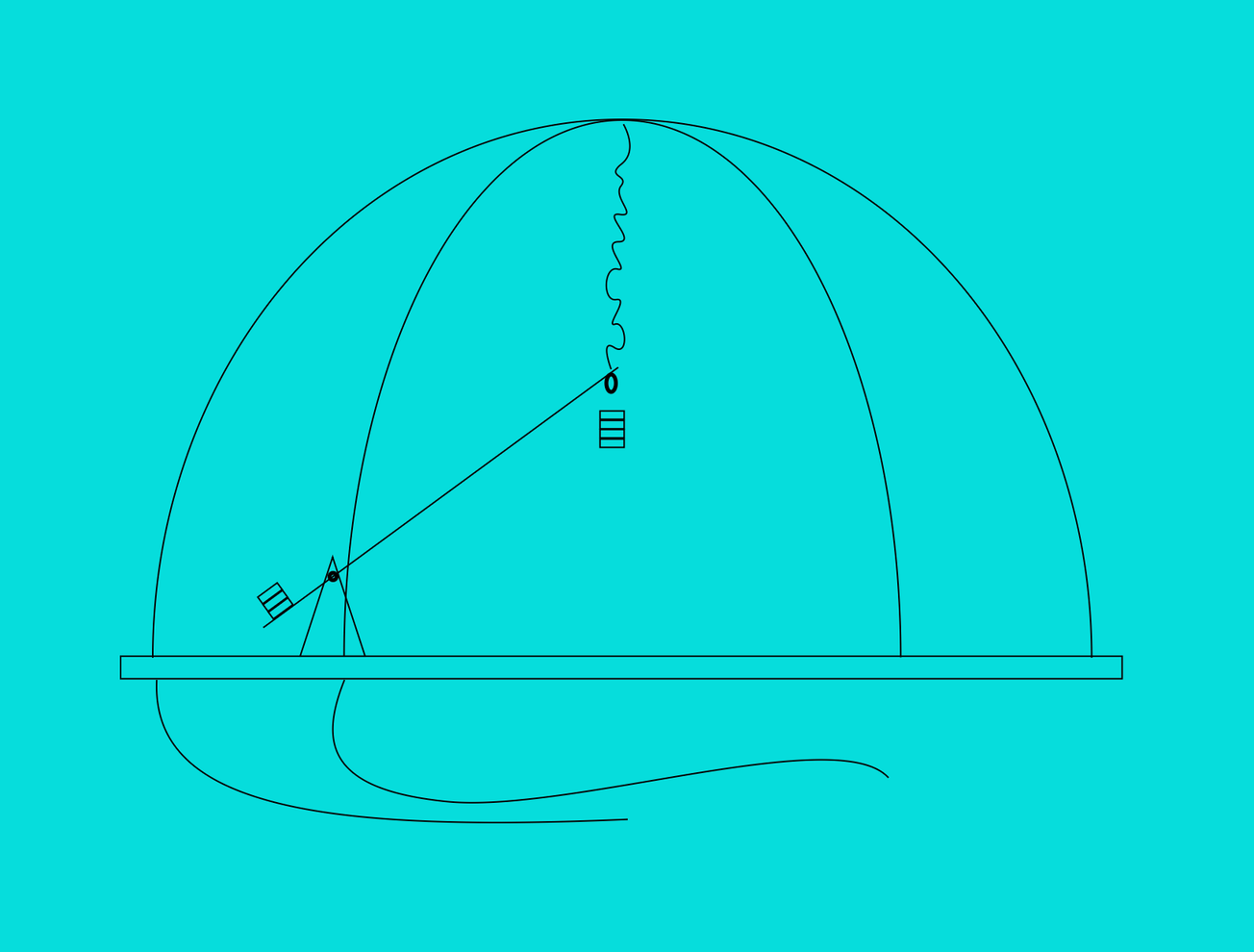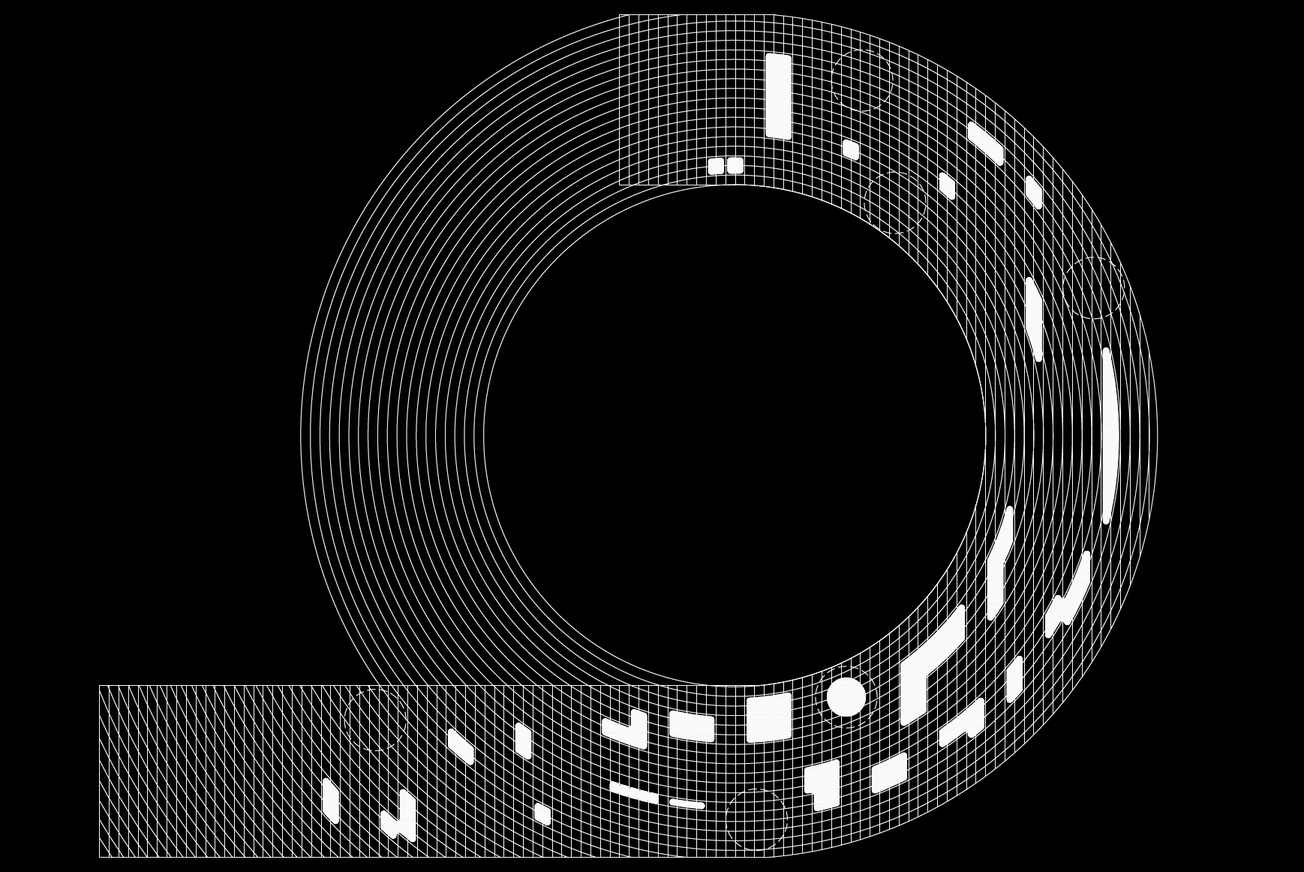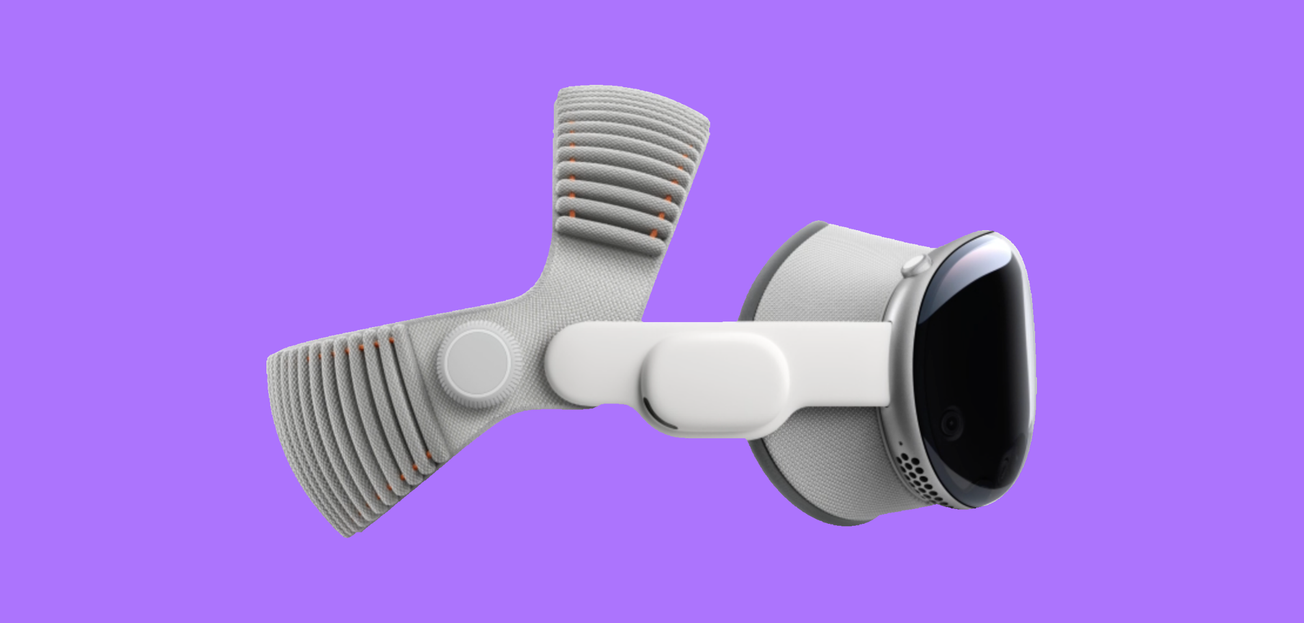Somerset House’s summer exhibition Virtual Beauty (23 July–28 September 2025) interrogates how digital culture, artificial intelligence, social media and avatar identity are shaping our understanding of beauty today. As part of the institution’s 25th anniversary programme, the Terrace Rooms host more than 20 international artists whose work examines how our aesthetics are increasingly algorithmically engineered and curated.
Curated by Gonzalo Herrero Delicado, Mathilde Friis and Bunny Kinney, the exhibition assembles a cross‑media mix: video, sculpture, embroidery, interactive AR mirrors, CGI, and generative AI installations.

Algorithmic faces and the image economy
At the heart of Virtual Beauty is a critique of algorithm-driven homogeneity. The show foregrounds phenomena such as “Instagram face” and “Snapchat dysmorphia,” where distorted digital ideals pressure individuals toward real-world conformity, sometimes via cosmetic surgery. Somerset House’s Director of Exhibitions, Dr. Cliff Lauson, describes how the exhibition “takes an in-depth look at the complex relationship between digital technologies and the aesthetics of beauty,” encouraging critical thought about who defines beauty in the digital era.

Landmark works: historical critique meets speculative futures
ORLAN’s Omniprésence (1993) is presented as a touchstone: the artist live-streamed her own facial surgery and invited audience feedback, prefiguring today’s performative beauty rituals and data-driven visibility.

Amalia Ulman’s Excellences & Perfections (2014) reconstructs the curated Instagram persona as art; Ulman staged a personal narrative of breakup, recovery and cosmetic procedure to expose how platform aesthetics warp authenticity.

AI, generative identity and embodied interfaces
Works by Minne Atairu, Ben Cullen Williams, Isamaya Ffrench, and others leverage AI to critique bias and generate new aesthetic paradigms. Atairu’s Da Braidr system produces hairstyles that refuse idealised smoothness in favour of visible pores and joyful textures, explicitly resisting Blackness erasure in mainstream beauty tools.

Williams and Ffrench collaborated on Past Life (2021), a GAN generated video that distorts participant portraits, pushing beyond normative facial features and suggesting new forms of fluid, unsettling beauty.

Textiles, identity and analogue critique
Qualeasha Wood’s It’s All For U (If U Rlly Want It) (2024) is a large-scale jacquard tapestry combining webcam imagery, text windows and social media overlays. The piece considers permanence versus ephemerality, using weaving as a metaphor for slowed digital self construction and Black femme authorship.

Embodiment, AR, virtual makeup and avatars
Ines Alpha’s multiscreen installation I’d rather be a cyborg invites visitors to experiment with AR adornments—ornaments sprout from the skin in real time, enabling users to enact speculative identity through virtual makeup prototypes. Other works—by Angelfire, Harriet Davey, Frederik Heyman, and Andrew Thomas Huang—explore avatar-making and alternate embodiment. Huang’s Björk Virtual Avatars (2016), originally shown at Somerset House, returns here to portray otherworldly digital proxies of.

A striking physical digital hybrid is Filip Ćustić’s pi(x)el, a female silicone sculpture covered in screens displaying shifting faces, including disabled and scarred bodies. This prompts reflection on how race, gender and age can be visualised as configurable layers rather than fixed traits.

Conceptual framing and critical edge
The exhibition is organised into three thematic zones:
- Historical roots, tracing early digital self-representation—from early flip phone selfies (a 2003 relic is displayed) to ORLAN’s performative surgeries.
- AI-mediated critique and generation, where digital tools reframe beauty as coded systems.
- Speculative futures—avatar identity, post-facial rendering, and the unmooring of bodily norms via virtual realities.
Throughout, Virtual Beauty asks: Who gets to program desire? And equally: How do we build tools that empower marginalized users instead of perpetuating algorithmic bias?

Why Virtual Beauty matters now
Virtual Beauty goes beyond critique—it test-drives what beauty could become in a world where screens mediate identity. The show shifts from the critical exhaustion of late Internet discourse to proactive speculation, offering prototypes that challenge conformity in favour of plurality and misalignment. In a period when social media algorithms reinforce narrow, exploitative ideals, the artists showcased conceive beauty as evolving infrastructure—empathetic, flexible, remixable, and open to user agency.
For a design-conscious, tech-fluent audience, Virtual Beauty offers not a glossy spectacle but a rigorous interrogation. It maps how face, body, and identity are being rewritten in real time—revealing the aesthetic code under which digital subjects now operate.

Virtual Beauty offers an analytically sharp and aesthetically incisive reflection on how digital cultures are shaping self-image. For a creative audience invested in technology, design, and identity politics, the exhibition situates beauty within data systems and visual bias, while proposing strategies of resilience, reclamation, and transformation. As digital influence grows ever more embodied, Virtual Beauty invites visitors not just to look—but to code, curate, contest, and construct. It reveals that beauty today functions not as a standard to match, but as a system to be redesigned from within.

